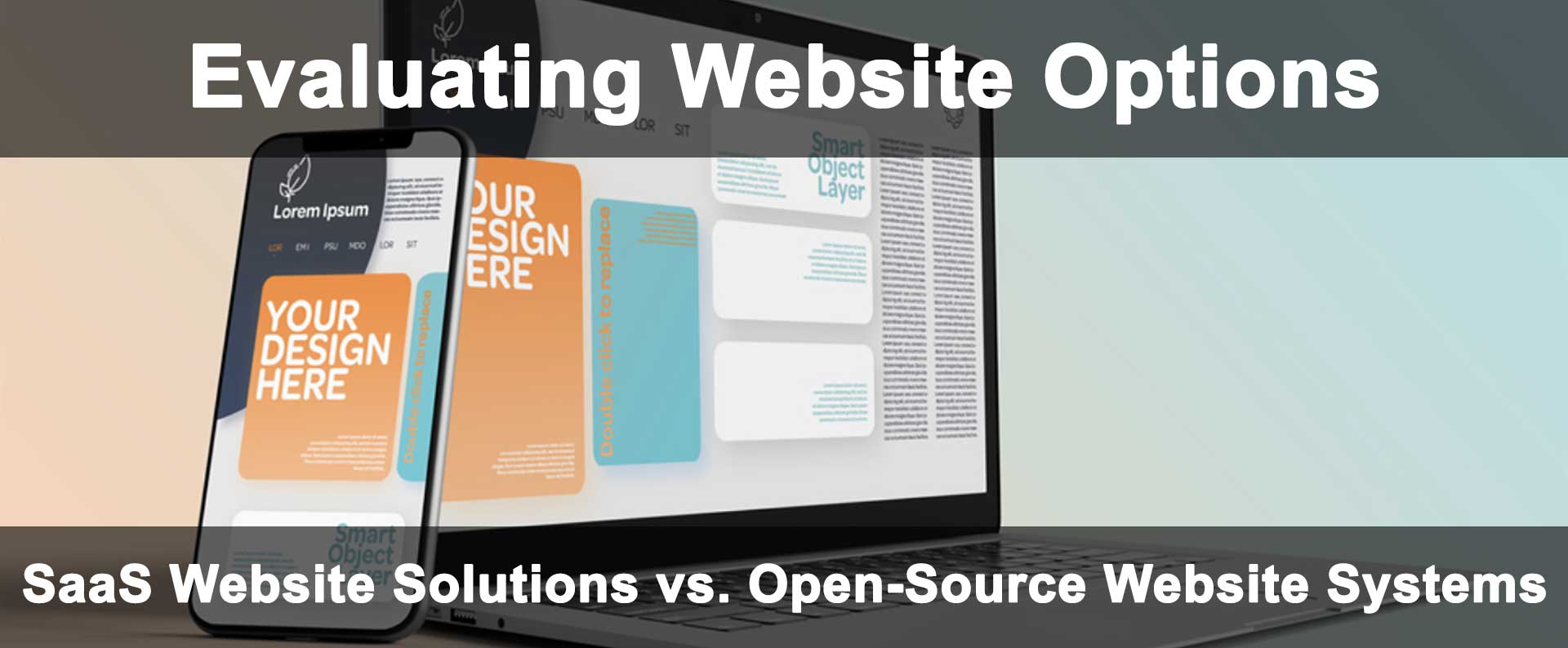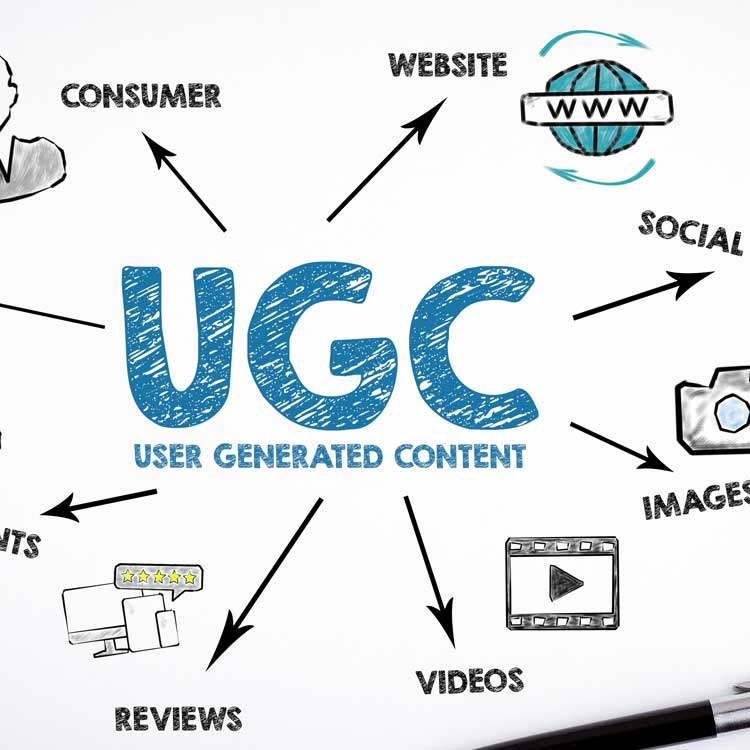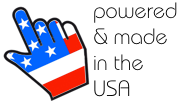In the world of website development, businesses and individuals often face a critical decision when choosing the right platform for their website. Two popular options that frequently come up are Software as a Service (SaaS) website solutions and open-source website systems.
Each option has its own set of advantages and disadvantages, and understanding them is crucial for making an informed decision. Let's delve into the pros and cons of both SaaS website solutions and open-source website systems.
SaaS Website Solutions
Some examples of SaaS website solutions are Wix, Weebly, Shopify, and Squarespace. These are website platform systems that are dependent on a service like Wix or Weebly, and will normally only work when subscribed to their paid service.
The following are some of the more notable Pros and Cons of SaaS website solutions:
Pros:
- Ease of Use: SaaS website solutions are known for their user-friendly interfaces and intuitive design. They often come with drag-and-drop functionality and pre-built templates, making it easy for users to create and customize their websites without any technical expertise.
- Quick Setup: With SaaS website solutions, users can get their websites up and running in a matter of minutes. The hosting, maintenance, and security aspects are taken care of by the SaaS provider, allowing users to focus on building their websites.
- Scalability: SaaS platforms are designed to scale with the growth of the website. Users can easily upgrade their plans to accommodate more traffic, storage, and features as their needs evolve.
- Regular Updates and Support: SaaS providers often release regular updates to improve performance, add new features, and enhance security. Users also have access to customer support for any technical issues they may encounter.
Cons:
- Lack of Ownership: Because the website is dependent on the SaaS service, users cannot simply leave the provider and take their website elsewhere without normally being required to completely rebuild their site from scratch.
- Dependency on Provider: Users rely on the SaaS provider for hosting, maintenance, and security. If the provider faces downtime or goes out of business, it can impact the user's website.
- Cost: SaaS website solutions typically involve monthly or annual subscription fees. While the initial cost may be lower than building a custom website, the recurring fees can add up over time.
- Limited Customization: While SaaS platforms offer a range of templates and design options, users may face limitations when it comes to customization and SEO. Advanced customization options may require coding knowledge or may not be available at all.
Open-Source Website Systems
Some examples of open-source website systems would be WordPress, as well as other custom-coded websites using open-source technologies. These are website systems that you own without having to pay any one particular company additional subscription fees for the right to use.
The following are some of the more notable Pros and Cons of using open-source website systems:
Pros:
- Flexibility and Control: Open-source website systems like WordPress or custom-coded websites offer complete control over the website's design, functionality, and hosting. Users can customize every aspect of the website to suit their specific needs.
- Community Support: Open-source platforms have vibrant communities of developers and users who contribute to the platform's development. Users can benefit from a wide range of plugins, themes, and support resources available for free or at a low cost.
- Ownership: With open-source website systems, users own their websites and have the freedom to host them anywhere. They are not tied to a specific provider and can move their website to a different hosting provider if needed.
Cons:
- Complexity: Building and managing a custom-coded website or a WordPress site can be complex, especially for users with limited technical knowledge. It may require coding skills or the assistance of a developer to implement specific features or troubleshoot issues.
- Security Concerns: Open-source platforms are susceptible to security vulnerabilities if not regularly updated and maintained. Users are responsible for ensuring the security of their websites, which can be challenging for those without technical expertise.
- Cost and Maintenance: While open-source platforms are free to use, users may incur costs for hosting, domain registration, and premium plugins or themes. Additionally, regular maintenance and updates are essential to ensure the website's performance and security.
The Take Away
The choice between a SaaS website solution and an open-source website system depends on the user's needs, technical expertise, budget, and long-term goals.
SaaS solutions offer ease of use, quick setup, and scalability; while open-source systems provide flexibility, control, and ownership.
Ultimately, users should carefully consider the pros and cons of each option before deciding on the best fit for their website project.













